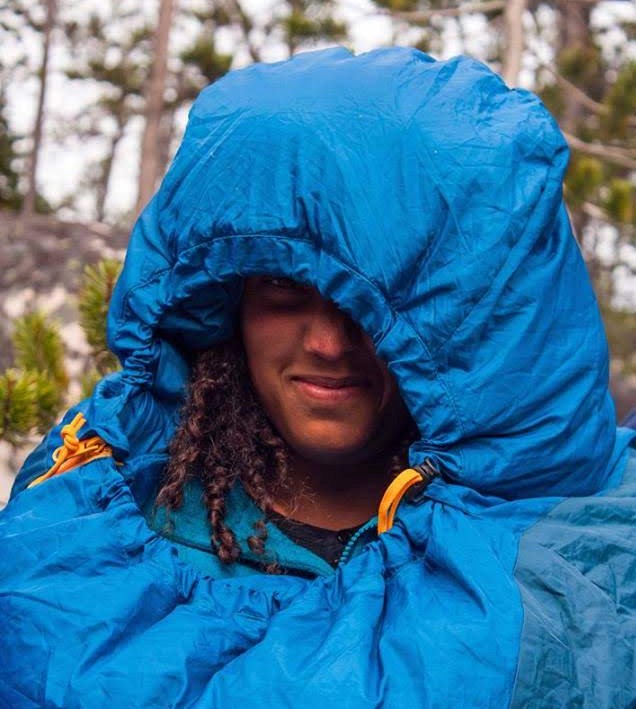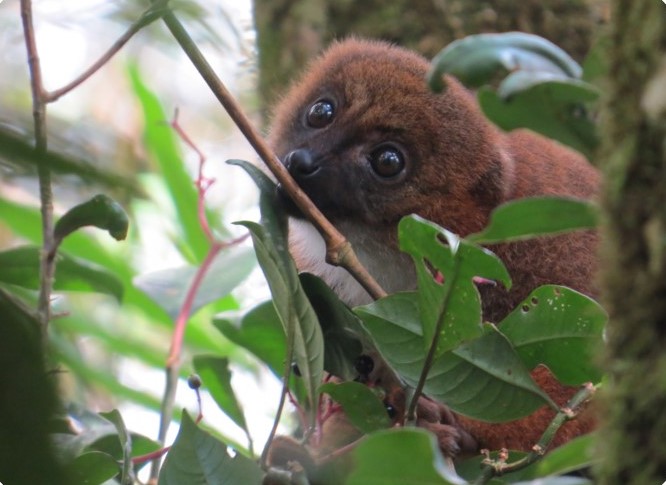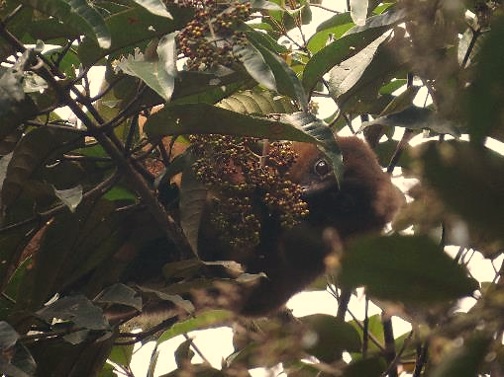Research
| Individual-based plant-animal Interaction Networks | |
|---|---|
| Though plant-animal interactions fundamentally occur at the individual level, most of the work on their driving mechanisms and ecological outcomes have focused on species or population means. For this project, I used direct observations of lemur foraging and movement to examine the spatial structure of interactions between individual plants and their frugivore specialists, and tested the influence of intrinsic plant traits and extrinsic factors on this structure. | |
| Directionality in animal movement and its influece on seed dispersal | |
|---|---|
| Using agent based animal movement and dispersal models we examine how directionality in animal movement, towards prefered or highly rewarding fruiting resorces, can shape patterns of seed dispersal. Contagious dispersal, in which animals concentrate dispersal in certain frequently-used locations, has been widely documented. It has been found to have important consequences for seed survivial, germination and for population and community-wide patterns in plant regeneration. With growing recognition of the prevalence of these types of dispersal patterns we seek to better understand the mechanisms that generate them. | |
| The influence of dispersal mode on local patterns of plant community biodiversity | |
|---|---|
| Using spatial point pattern analysis we examine how the disperal mode of a species relates to patterns of neighboring plant biodiversity and how aggregate disperser communities can shape patterns in local community biodiversity. We anticipate that differences in disperser mutualist behavior will result in differing patterns of co-occurence for focal species. | |



